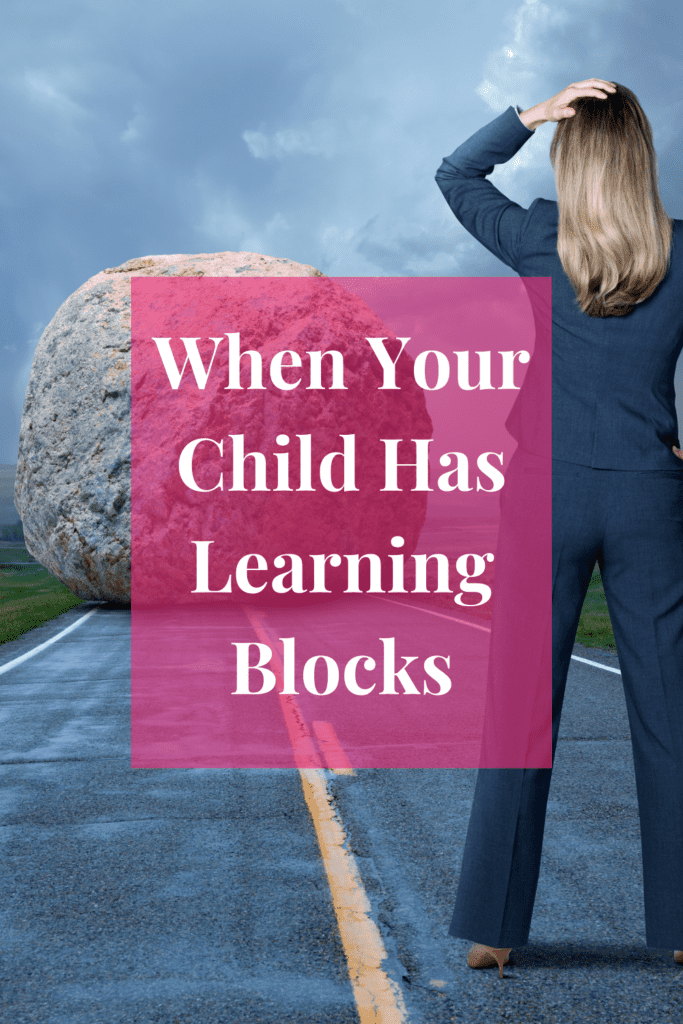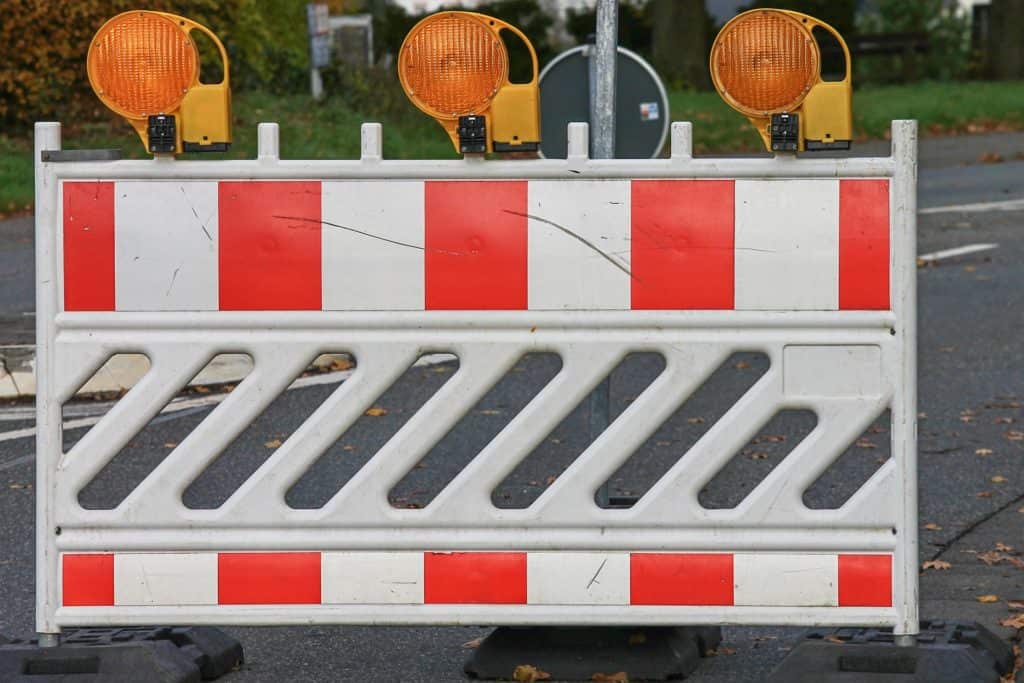Ask any person if they know what ADHD or a learning disability and they have an idea. Parents with children who are struggling with learning and behaviour can tell you more details on other disorders and their differences.
Ask what a learning gate is and few people know. I was a teacher and I didn’t even know.
… Which is crazy because learning gates are the processes that allow the brain to be able to read, learn, focus and perform well at the skills kids need to be successful both in school and with friends.
What are Learning Gates?
Learning gates refers to the pathways in which information passes through the visual, auditory and other sensory systems and to what area of the brain that information is then directed.
Each of these processing pathways are like roads with open gates through which your child receives, transfers, stores and retrieves information.
Glitch, Dysfunction or Disorder?
There are four distinct learning gates. While we can break down each learning gate into their individual processes, keep in mind that these learning gates work together for optimal learning.
The problem occurs when there is a glitch or dysfunction with one or more learning gates. This is what we call a ‘blocked learning gate’.
A problem in any gate will create specific breakdowns in certain areas related to learning and behaviour. When there are several glitches or dysfunctions this will usually create more moderate to severe learning and behaviour issues.
Brain Integration Therapy
Thanks to discoveries in nutrition therapy, gut healing and movement therapies like brain integration therapy – we can unblock these gates so that your child’s ‘phone wires’ are wide open to accurately and efficiently process information through the various systems in the brain.
Children do not usually have all the signs of a specific blocked learning gate. Generally, the more checks there are in a given category, the more serious the block. When there are only a few checks, that usually means there is a glitch. More checks can indicate a dysfunction and when all or nearly all boxes are checked, this is typically indicative of a disorder.
Blocked Learning Gates
It’s not unusual for a child to have more than one blocked learning gate. Usually, the more severe the learning and behaviour issues, the more likely there will be more than one blocked learning gate.
When an issue is a glitch, it will often require less time to make that correction. More serious blocks require more time investment. One of the aspects that I love about brain integration therapy is that it is not time consuming. Brain integration therapy is not about hours of time a week. It’s fifteen minutes a day. Consistency and commitment go much further than marathon style learning program.
The Four Learning Gates
So if you’re wondering what are these learning gates, let me walk you through them. There are four main learning gates.
They are:
- The Visual Processing Gate
- The Writing Process Gate
- The Auditory Processing Gate
- The Focus & Attention Gate
1) The Visual Processing Gate
I’ve written plenty before about visual processing and how both the eye movements and the visual cortex in the brain need to work optimally for fluent reading, writing and learning. This is so much more than 20/20 vision.
We underestimate how much of a reading is an unnatural skill. We didn’t evolve to read and write. They are the result of the modern era. And while texts have been around for centuries, most of the human population was not literate for most of history. A select elite knew how to read so you can see how an evolutionary need for these skills to be developed is only recent.
Reading is not Natural
If we are fluent readers, we take for granted the act of moving our eyes from left to right. In other countries reading is right to left. In Japan reading occurs from top to bottom.
So not only does the skill of proper eye-tracking need to be taught explicitly, there is also lots of potential for breakdown if connections in the visual cortex in the brain is weak or if there are minor glitches with the eyes that don’t get picked up on standard eye exams.
Eye Tracking, Teaming and Saccadic Eye Movements
When children are early readers we instruct them to track with their finger. With practice, this process should switch to the right hemisphere of the brain which is responsible for the automatic movement of the eyes.
When there are weak connections in the visual cortex or when the eyes are unstable, tracking, teaming or doing saccadic eye movements correctly or efficiently is a challenge.
Commons signs are:
- Letter/number reversals (saw = was, on = no; was = saw)
- Skipping of short words, but reads longer words
- Reading starts smooth, but becomes labored
- Poor reading comprehension
- Older child reads, but becomes fatigued quickly. The may yawn not long after they begin reading.
2) Writing Processing Gate
In a previous blog series, I wrote about writing and dysgraphia. Writing, penmanship or processing thoughts on paper can pose challenges when this learning gate is blocked.
This skill is strongly associated with visual spatial skills which is why it is not uncommon for these kids to also have issues with dyspraxia. This is often, also a result of poor connectivity of the two brain hemispheres.
Smart Kids Who Hate to Write
Writing is grueling process for these kids; it leaves utilizes a lot of their energy. These kids are often mistaken for being careless, lazy or sloppy.
Interestingly, this gate is frequently blocked as a ‘stand-alone’ in gifted children.
Signs of a block are:
- Reversals after age 7
- Poor ability to copy information
- Poor penmanship, spacing of letter and numbers
- Can often share information and knowledge orally, but struggles to write it down.
- Can excel at math or prefer mental math but dislikes the writing aspect that is required
3) Auditory Processing Gate
Auditory processing can affect many areas of learning, reading, development and even behaviour. When a child has attention problems, parents often assume this is connected to a blocked auditory processing gate. This is more likely related to the next gate – Focus, Attention & Behaviour. When a child has a blocked auditory processing gate there will typically be challenges with reading.
Common signs are:
- Phonics sounds don’t stick
- Difficulty learning sight words or remembering letter names and sounds
- Guesses at words or guess is based on sound of first letter(s)
- Poor sequencing with days of the week, months, numbers
- Sounds out same word in story over and over
- Spelling is not phonetic
4) Focus, Attention & Behaviour Gate
There are several reasons why this learning gate can be blocked. Brain development, weak connections, nutritional deficiencies, food sensitivities, retained reflexes, toxicity and gut health are all potential factors – all of which I address in the Full Potential Formula.
A blocked Focus, Auditory & Behaviour Gate can also have many faces from one child to the next.
- Poor memory or a diagnosis of a learning disorder can occur since a child is using all of their mental energy or cortex to remain focused.
- They may be daydreamers or others appear to be focused but are somewhere else.
- Poor behaviour, opposition, defiance, impulsivity, hyperactivity
Signs this gate is blocked are:
- Impulsive behaviour
- Sensory processing issues
- Fidgety, hyperactive
- Performs well one day and poorly another day
- Struggles with independent work
- Memory issues
While all of the learning gates show better results when both nutrition, gut healing and brain integration therapy is addressed, the Focus, Attention & Behaviour Gate is the one that is most significantly improved when both nutrition and brain integration therapy is incorporated.
Corrections Rather than Compensations
Learning gates and brain integration therapy are all about corrections rather than the compensations that we so often see in IEP’s and tutoring.
The goal of my programs The Full Potential Formula and the Reading Rockstar Method is not to focus on diagnoses but rather to address and improve the underlying glitches, dysfunctions and areas of underdevelopment so that kids can overcome their challenges.
To learn more about how you can help your child rise above learning and behaviour difficulties, schedule a free twenty-minute consult so I can help you identify the main reasons why your child is struggling with learning, reading and behaviour.


